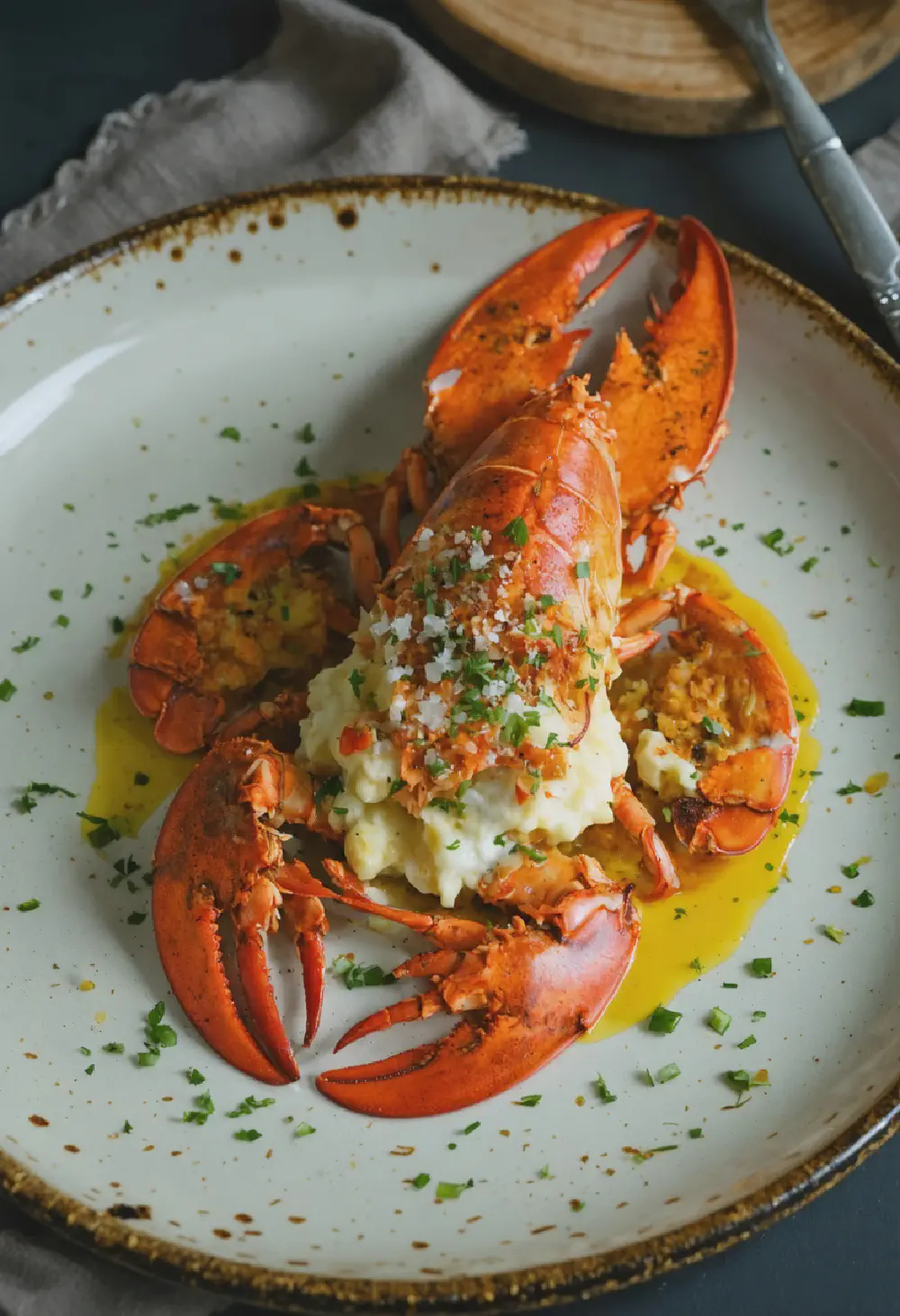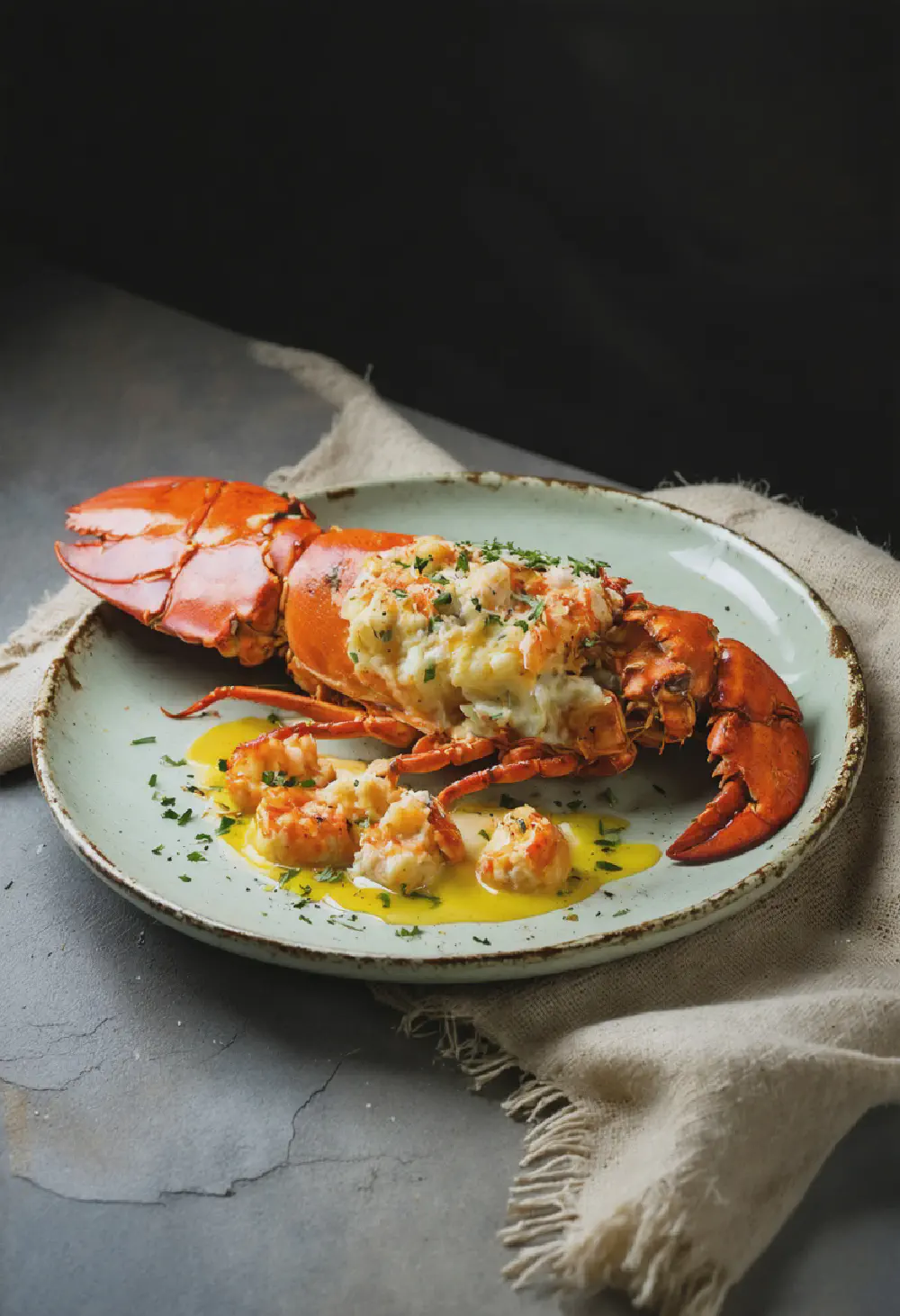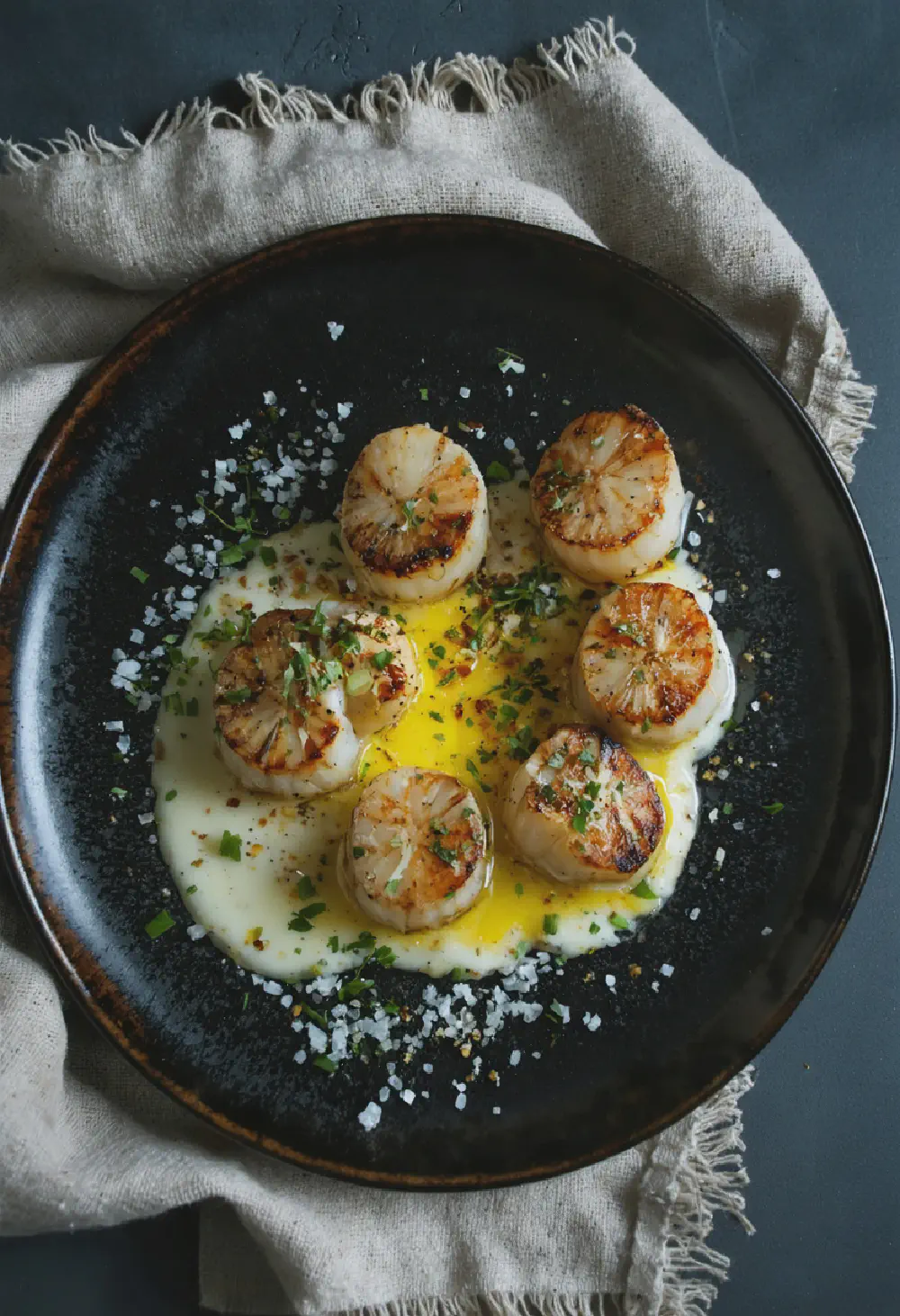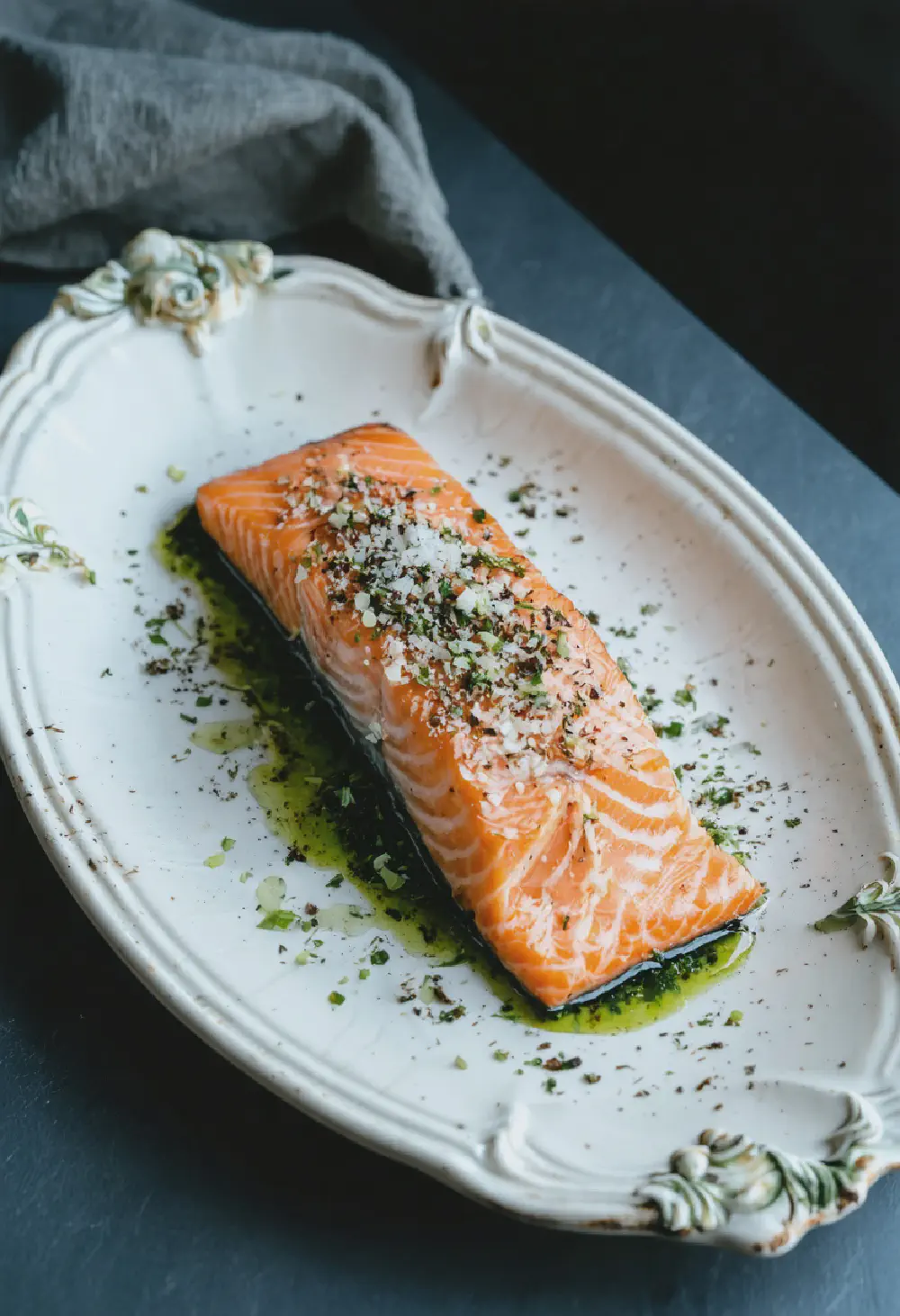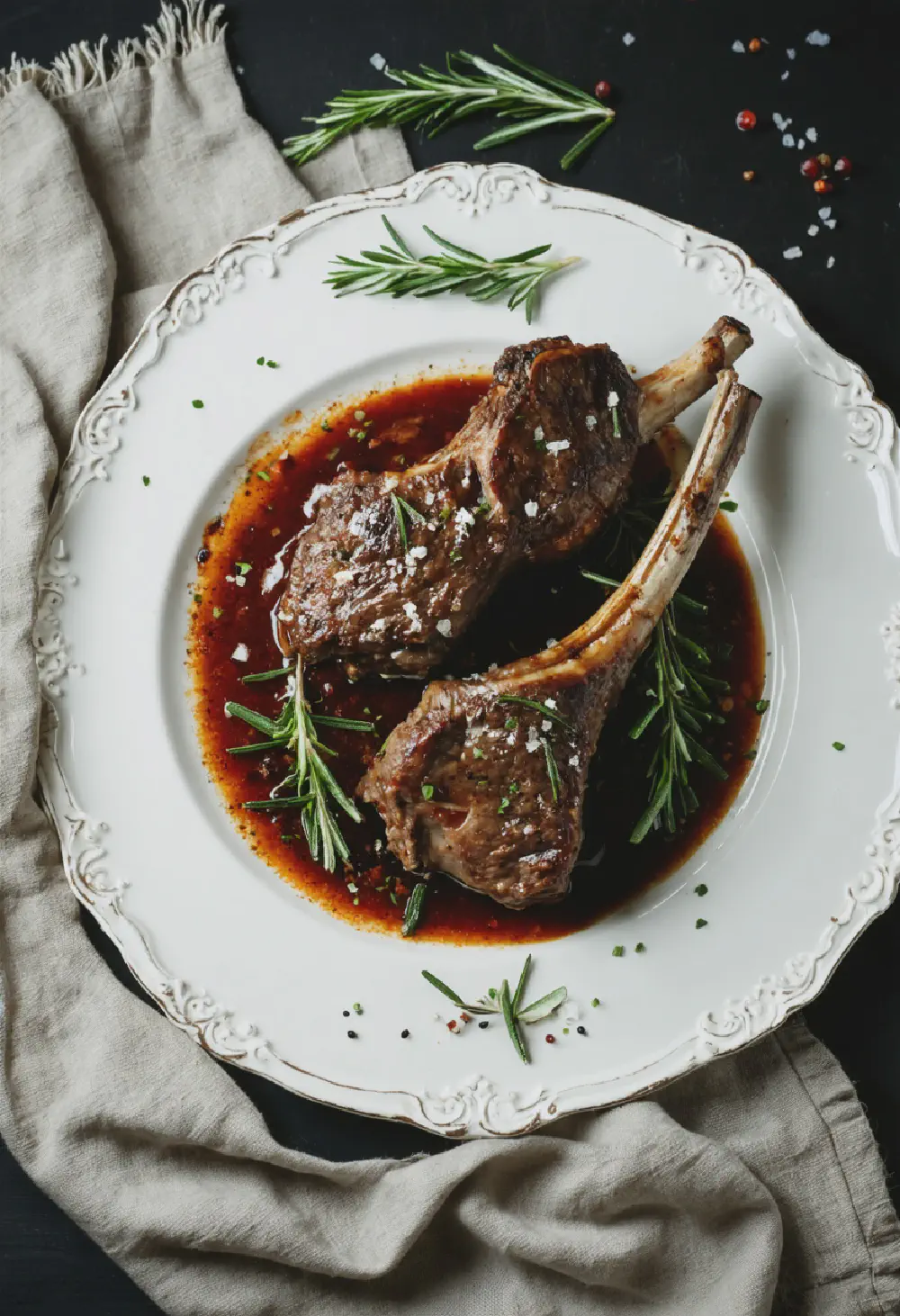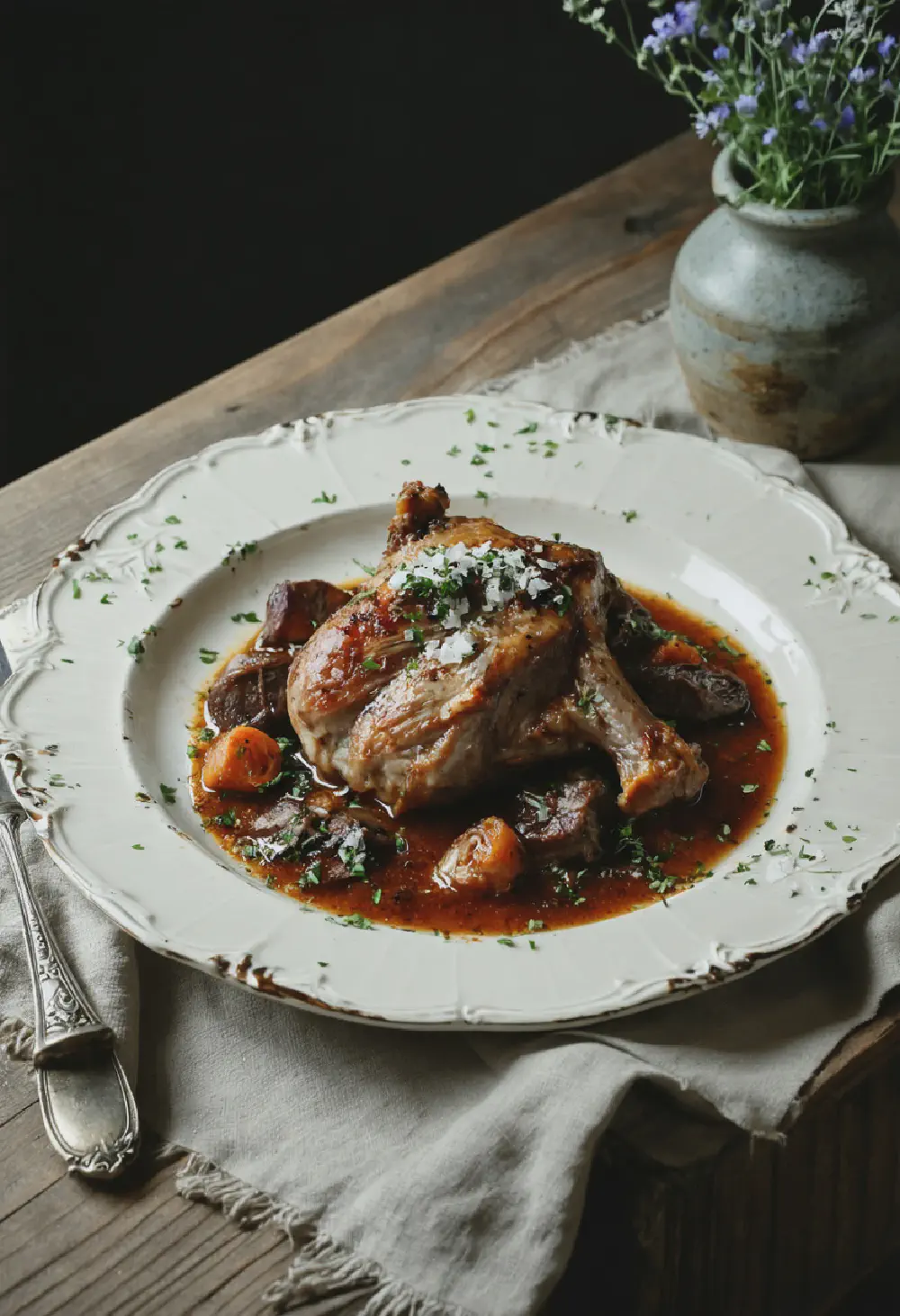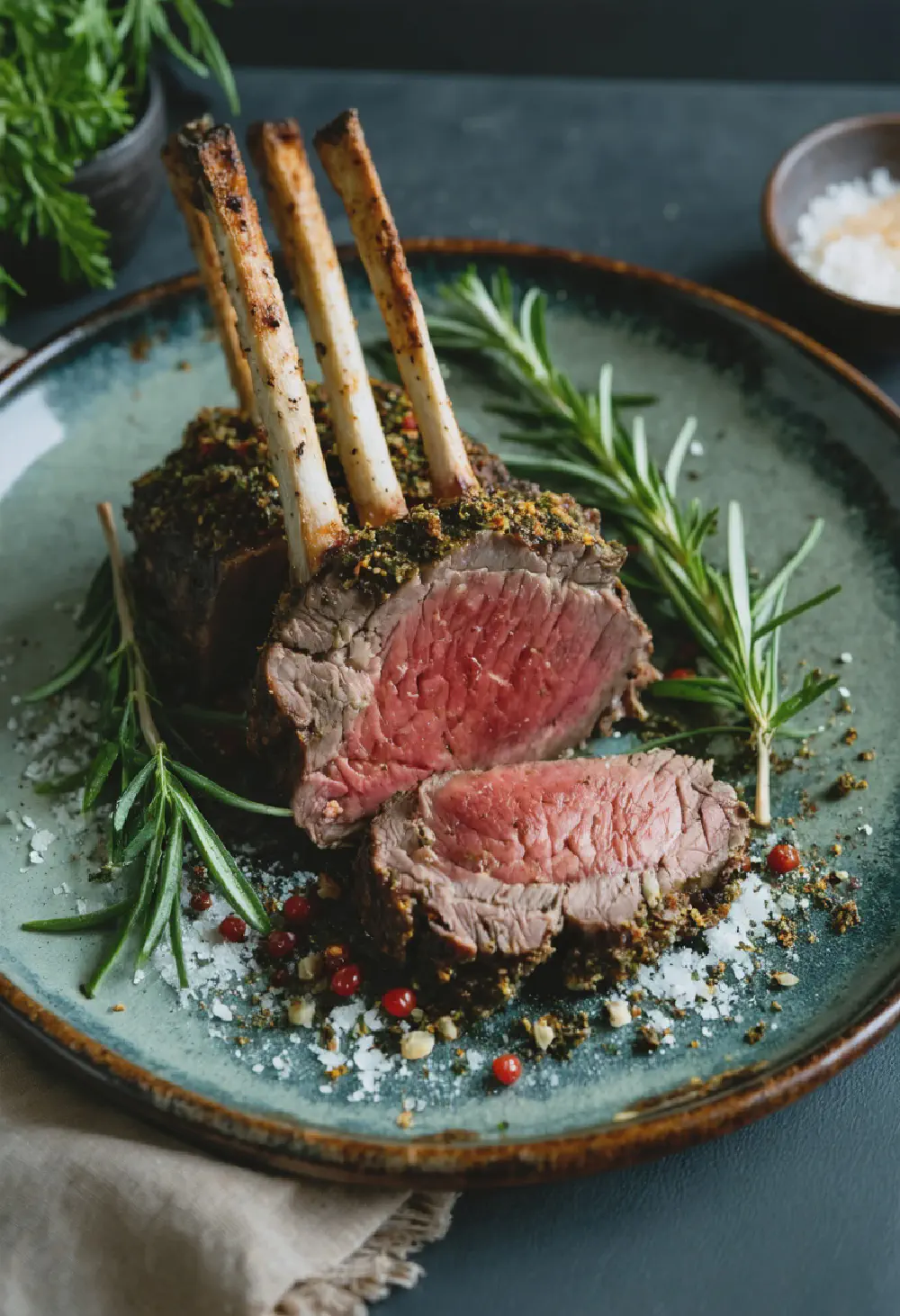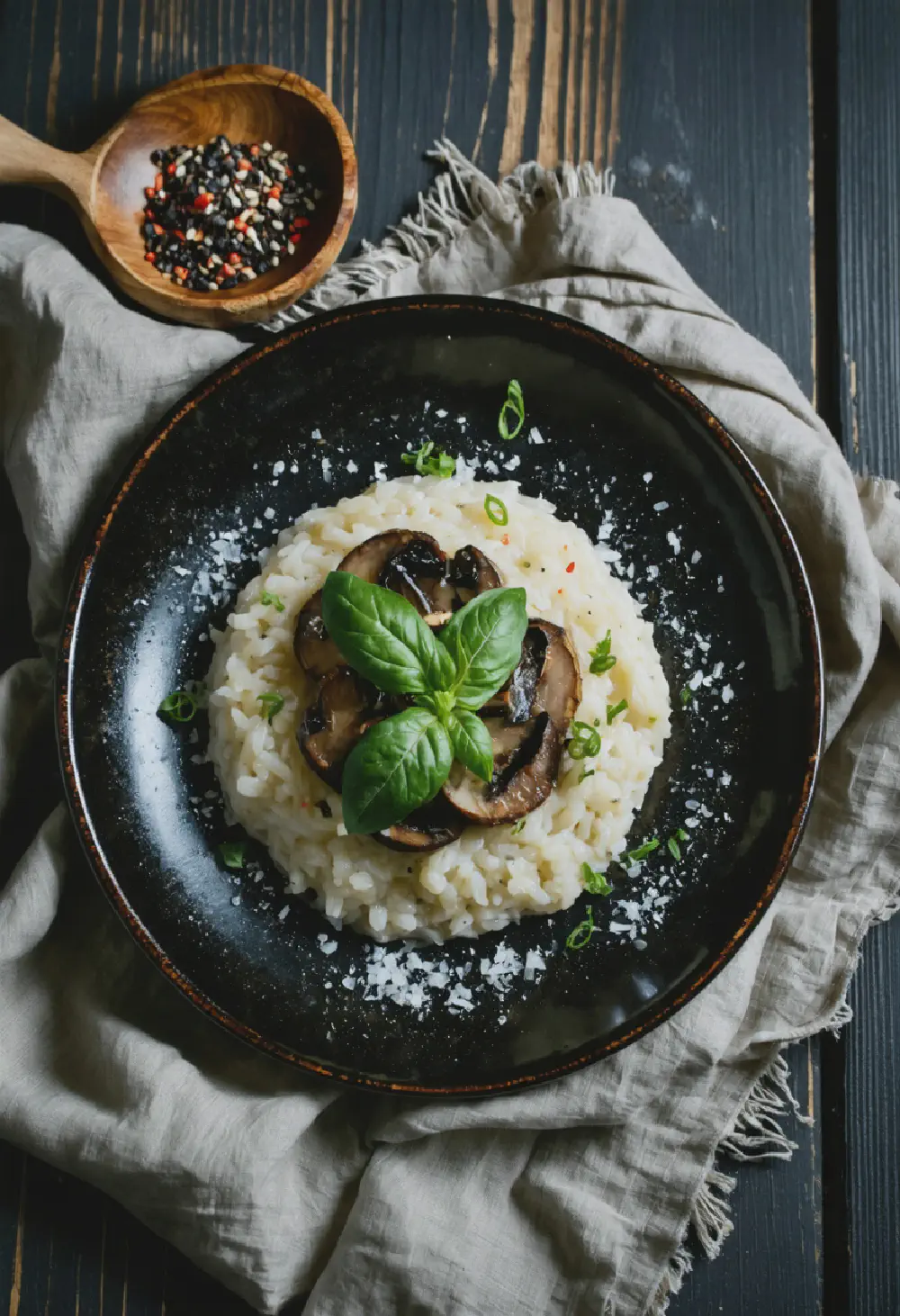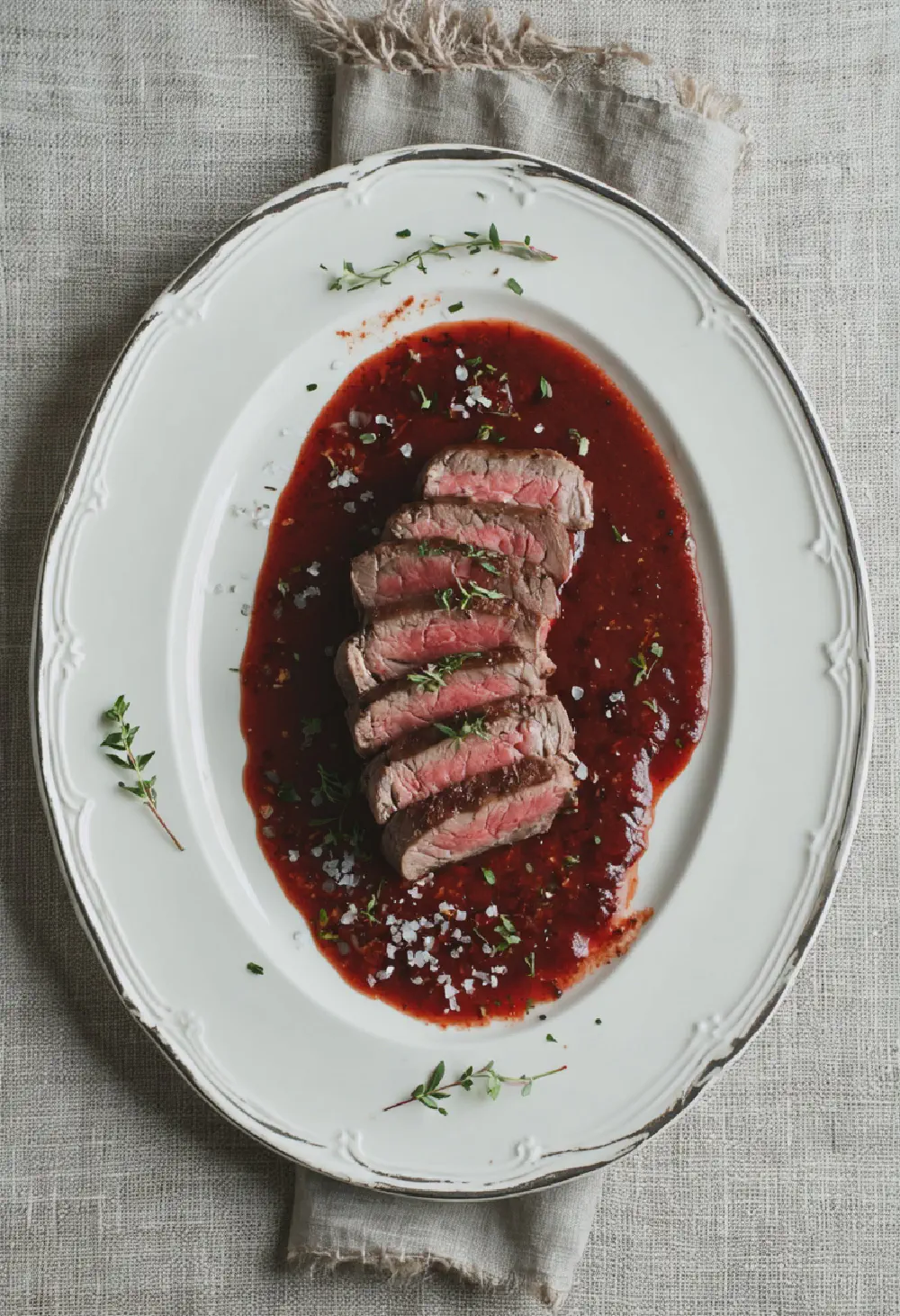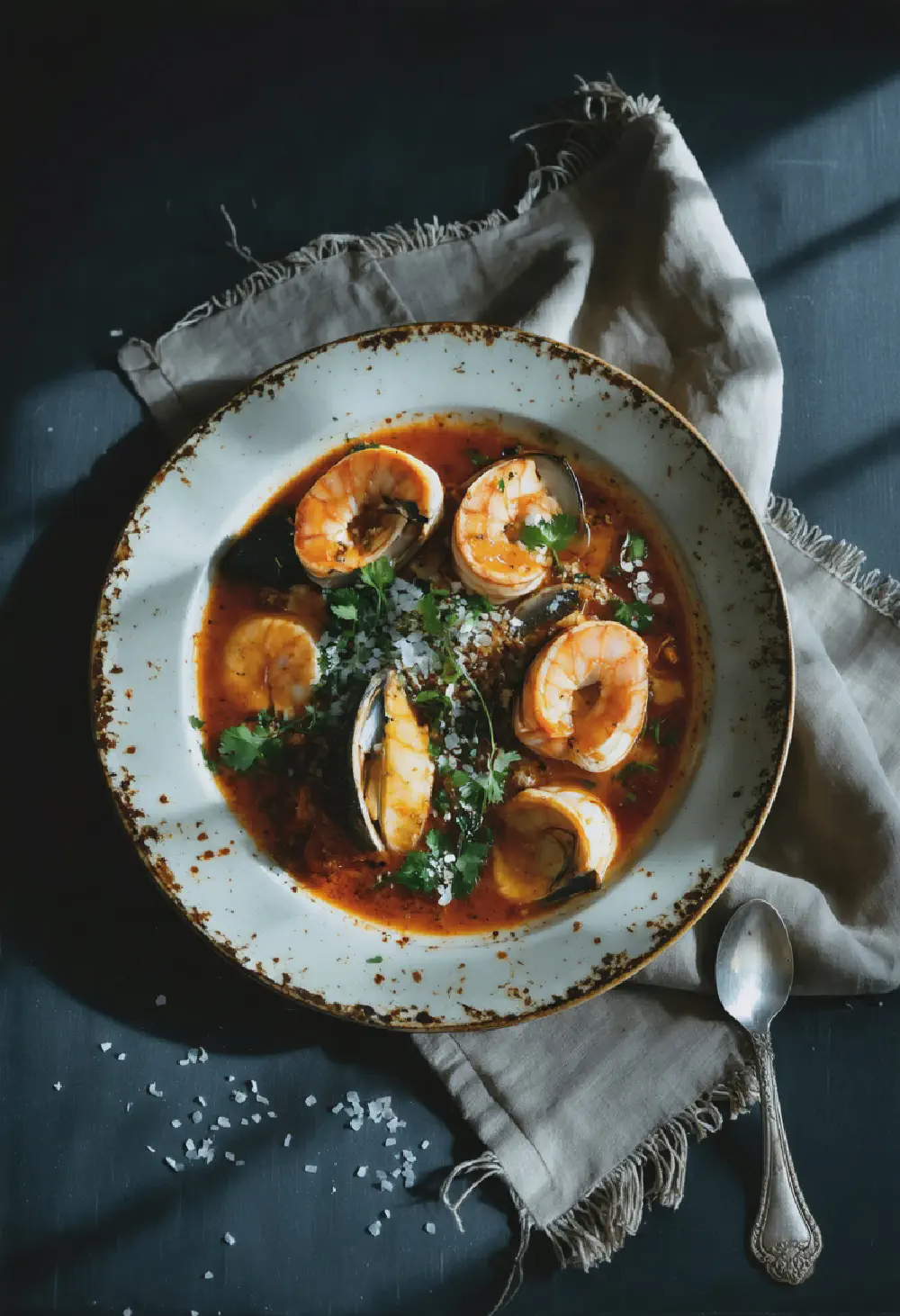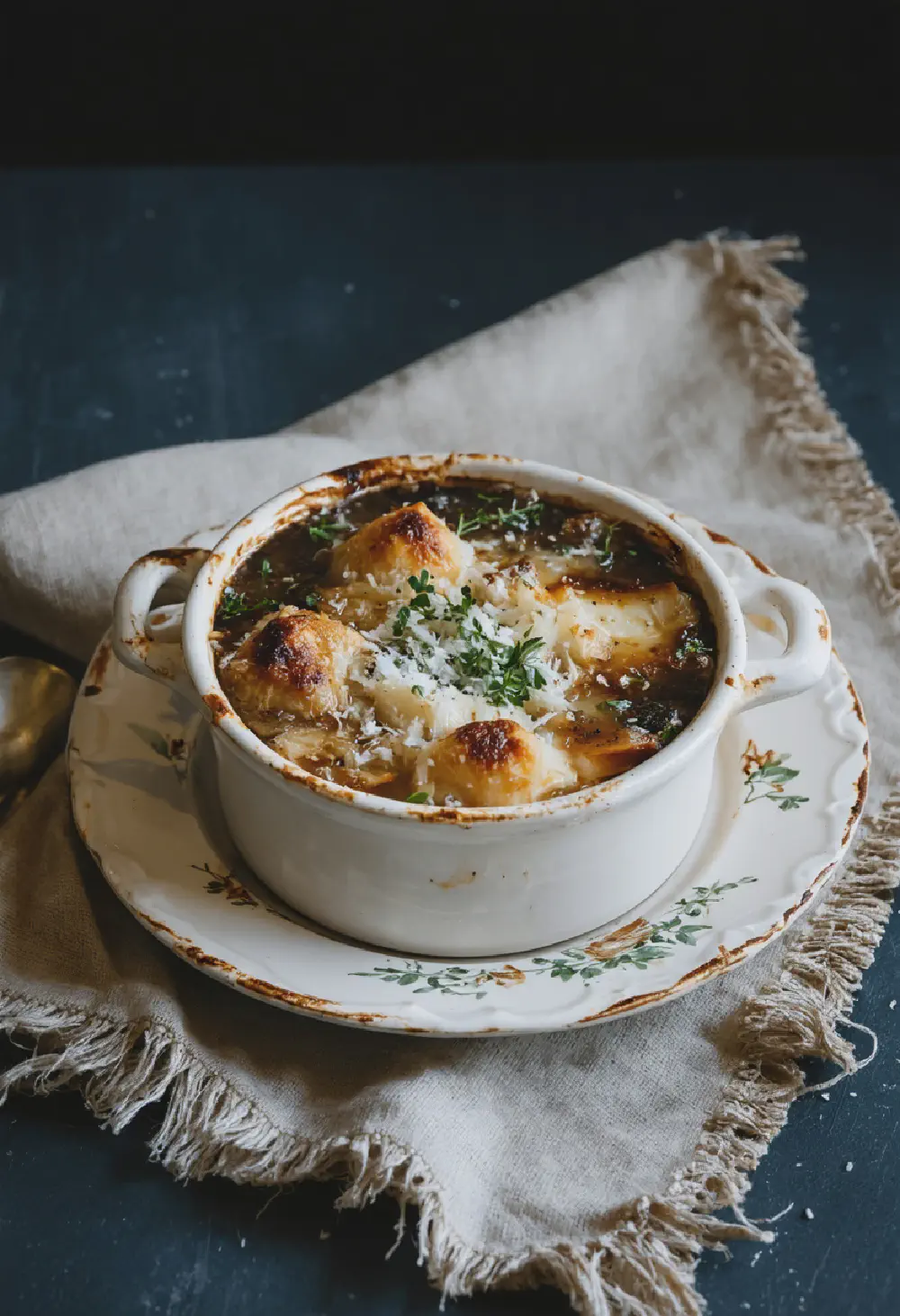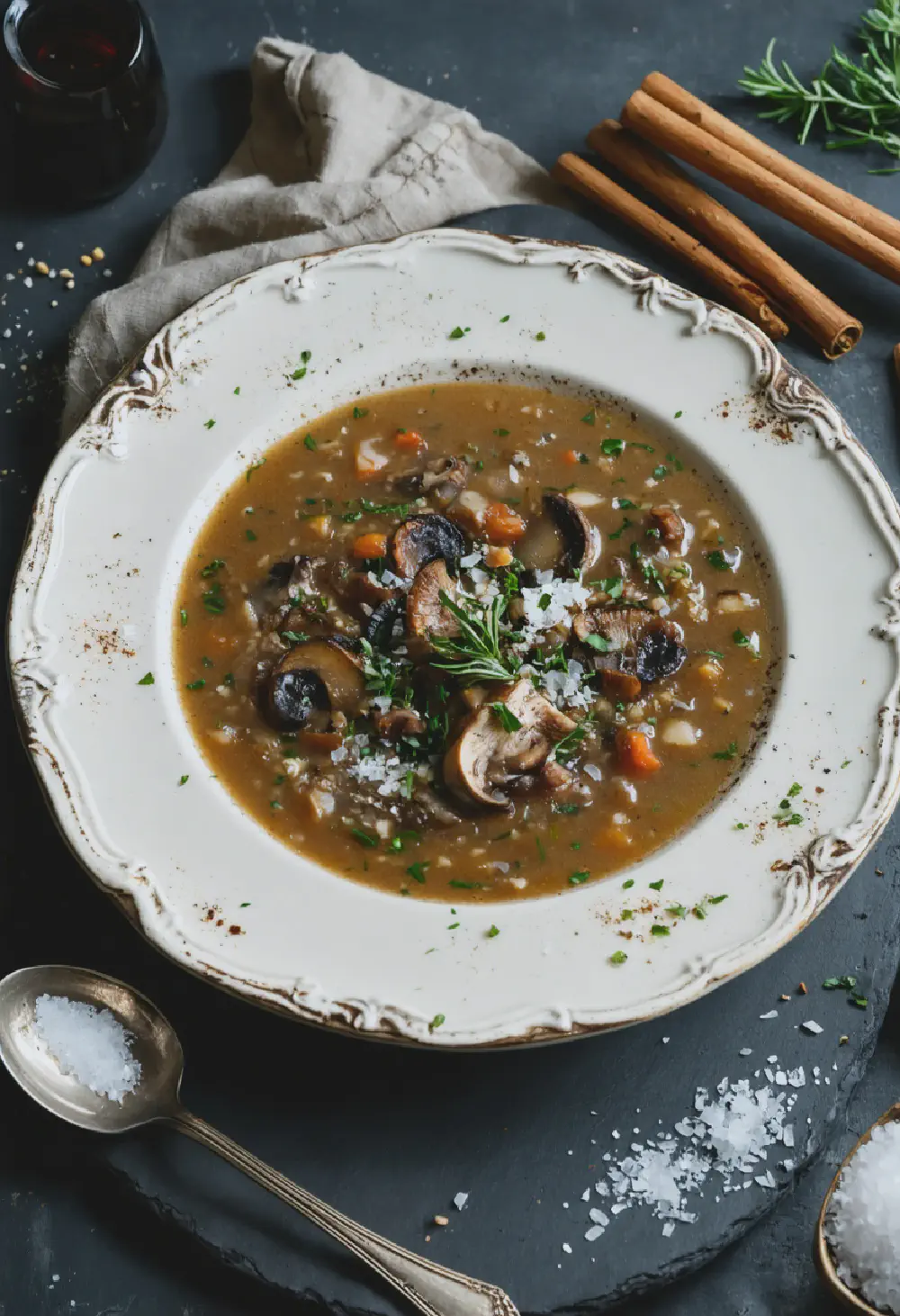Lobster Thermidor
30M
50M
- Makes 4
- 2 live lobsters (about 1.5 lbs each)
- 1/4 cup butter
- 2 shallots, finely chopped
- 1/2 cup dry white wine
- 1 cup heavy cream
- 1 tablespoon Dijon mustard
- 2 tablespoons fresh tarragon, chopped
- 1/2 cup grated Gruyère cheese
- Salt and freshly ground black pepper to taste
- Lemon wedges, for serving
- Bring a large pot of salted water to a boil. Add the lobsters and cook for about 8 minutes, until they turn bright red. Remove the lobsters and let them cool slightly.
- Once cooled, split the lobsters in half lengthwise and remove the meat from the claws and tails. Cut the meat into bite-sized pieces and set aside. Clean the lobster shells and reserve them for serving.
- Preheat your oven's broiler. In a large skillet, melt the butter over medium heat. Add the shallots and cook until softened, about 3 minutes.
- Pour in the white wine and let it simmer until reduced by half, about 5 minutes. Stir in the heavy cream and Dijon mustard, and bring to a simmer.
- Add the lobster meat and tarragon to the sauce, and season with salt and pepper. Cook for another 2 minutes, until the lobster is heated through.
- Spoon the lobster mixture back into the reserved lobster shells. Sprinkle the grated Gruyère cheese over the top.
- Place the filled lobster shells under the broiler for about 2-3 minutes, until the cheese is melted and bubbly.
- Serve immediately with lemon wedges on the side.
Lobster Thermidor: A French Culinary Delight
History
Lobster Thermidor, a luxurious dish that epitomizes French cuisine, has a fascinating history that dates back to the late 19th century. The dish is believed to have originated in France around 1894 at Marie’s, a Parisian restaurant near the Théâtre de la Porte Saint-Martin. It was named after the month of Thermidor in the French Republican Calendar, which corresponds to mid-July to mid-August. This period was significant as it marked the time of the French Revolution, and the dish’s creation was a nod to the revolutionary spirit of the era. The rich and indulgent nature of Lobster Thermidor quickly made it a favorite among the French elite, and it has since become a staple in French gastronomy, celebrated for its opulence and exquisite taste.
Taste Profile
Lobster Thermidor is renowned for its complex and indulgent taste profile. The dish features succulent lobster meat, which is tender and slightly sweet, enveloped in a rich and creamy sauce. This sauce is typically made with a base of béchamel, enhanced with white wine, mustard, and sometimes a hint of brandy, creating a harmonious blend of flavors. The addition of cheese, usually Gruyère or Parmesan, adds a nutty and slightly sharp note that complements the sweetness of the lobster. The dish is then broiled to perfection, resulting in a golden, bubbly top that adds a delightful textural contrast. The overall taste is luxurious, with layers of savory, creamy, and slightly tangy flavors that make Lobster Thermidor a truly indulgent culinary experience.
Cultural Significance
Within French cuisine, Lobster Thermidor holds a special place as a symbol of luxury and sophistication. It is often associated with fine dining and special occasions, reflecting the French appreciation for rich and elaborate dishes. The dish’s creation during the French Republican Calendar’s Thermidor month also ties it to the country’s revolutionary history, adding a layer of cultural significance. In French culture, food is not just sustenance but an art form, and Lobster Thermidor exemplifies this philosophy with its intricate preparation and presentation. It is a dish that showcases the skill and creativity of French chefs, and its enduring popularity underscores its importance in the tapestry of French culinary heritage. Whether enjoyed in a Michelin-starred restaurant or at a celebratory family gathering, Lobster Thermidor remains a beloved and iconic dish in French cuisine.
